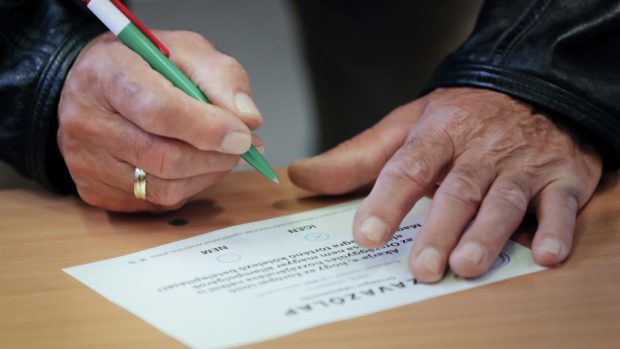One striking thing about the election was the number of people who took part, in defiance of expectations.
Turnout could not by any measure be described as “high”, given fewer than half of the eligible population cast a vote.
It was struggling to get past half the 84.6% recorded in the Scottish independence referendum of 2014, still a UK record.
But it was a significant improvement on the dismal levels of public engagement seen the last time townhouses were up for grabs.
Across Aberdeen’s 13 wards, participation was on average nearly 10 percentage points higher than in 2012.
In one area – Tillydrone, Seaton and Old Aberdeen – 36.4% cast a ballot, compared with fewer than 22% five years ago.
In Moray, more than 46.1% took part across the council area, well up on the previous 39.6%.
Some wards in the Highlands area pushed very close to the 60% mark.
Some experts had predicted far worse figures, worrying about “democracy fatigue” after the slew of polls in recent years.
What helped prove them wrong?
Some will point to the sunshine, though there’s little hard evidence to support the idea of the weather affecting elections.
More likely is that the great stirrings of popular opinion that split the nation over leaving the UK and the EU continue to resonate.
Nicola Sturgeon’s decision to seek another referendum on secession has fanned those flames.
Combine that with the re-emergence of a Conservative Party that Scots feel able to vote for and an imminent general election and it is easier to understand why the public spoke, if not with a shout then at least with less of a whimper than in 2012.
